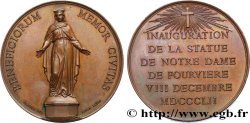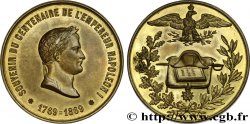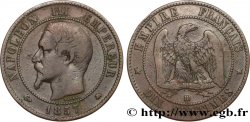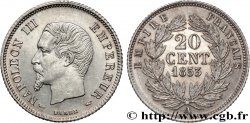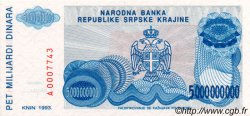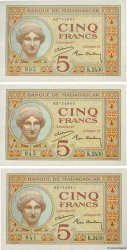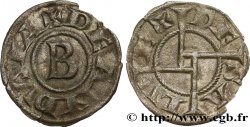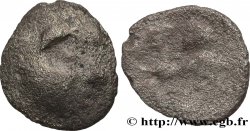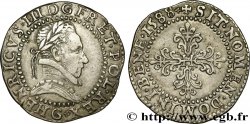Not available.
Item sold on our e-shop (2018)
Price : 200.00 €
Item sold on our e-shop (2018)
Price : 200.00 €
Type : Médaille de concours agricole
Date: 1866
Mint name / Town : 67 - Strasbourg
Metal : copper
Diameter : 50,5 mm
Orientation dies : 12 h.
Engraver OUDINÉ Eugène-André (1810-1887)
Weight : 60 g.
Edge : lisse + abeille CUIVRE
Puncheon : Abeille (1860 - 1880) CUIVRE
Coments on the condition:
Bel exemplaire présentant quelques traces de manipulation dans les champs. Superbe blason de ville au revers. Faible usure
Obverse
Obverse legend : NAPOLÉON III - EMPEREUR.
Obverse description : Tête laurée de Napoléon III à gauche; signé : OUDINÉ.
Reverse
Reverse legend : CONCOURS RÉGIONAL D’AGRICULTURE A STRASBOURG - 19, 27 MAI 1866.
Reverse description : Blason de la ville de Strasbourg.
Commentary
On remarquera la finesse des détails du blason de la ville de Strasbourg. Celui-ci est d’argent champ diapré à la bande de gueules. Il est le négatif des antiques armes de l'Evêché de Strasbourg.
Pour la petite histoire du blason, ses couleurs furent inversées par les bourgeois strasbourgeois suite à l'insurrection en 1262 contre la tutelle de l'évêque.
Un site internet parle de l’histoire de ce blason : http://svowebmaster.free.fr/drapeaux_Strasbourg.htm
Notons qu’il existe une variante en argent.
L’exemplaire est signé OUDINE sous le portrait. Eugène-André Oudiné, né à Paris le 1er janvier 1810, mort à Paris le 12 avril 1887, est un sculpteur, graveur et médailleur français. Il a été l'élève d’André Galle (1761 - 1844), de Louis Petitot (1794 - 1862) et de Jean-Auguste-Dominique Ingres (1780 - 1867). Il reçoit le premier grand prix de Rome de gravure en médailles en 1831. Il est l'auteur de plusieurs monnaies dont la pièce de 5 francs 1849 et 1850 en argent à la tête de Cérès de la Seconde République qui remplace l'écu au type Dupré de 1848. De 1837 à 1887 il fut le graveur officiel du Ministère des Finances. Il a également dessiné et gravé les timbres-télégraphe ainsi que les timbres pour journaux émis en 1868. Ses créations concernent également les timbres fiscaux : " Aigle de face " des timbres de dimension, " Aigle de trois-quart " des articles d'argent et des récépissés de chemins de fer, type " Chiffres " des timbres d'affiches, de connaissements, de copies, de quittances et type " Groupe allégorique " qui va servir pour les timbres fiscaux d'effets de commerce entre 1874 et 1885.
Pour la petite histoire du blason, ses couleurs furent inversées par les bourgeois strasbourgeois suite à l'insurrection en 1262 contre la tutelle de l'évêque.
Un site internet parle de l’histoire de ce blason : http://svowebmaster.free.fr/drapeaux_Strasbourg.htm
Notons qu’il existe une variante en argent.
L’exemplaire est signé OUDINE sous le portrait. Eugène-André Oudiné, né à Paris le 1er janvier 1810, mort à Paris le 12 avril 1887, est un sculpteur, graveur et médailleur français. Il a été l'élève d’André Galle (1761 - 1844), de Louis Petitot (1794 - 1862) et de Jean-Auguste-Dominique Ingres (1780 - 1867). Il reçoit le premier grand prix de Rome de gravure en médailles en 1831. Il est l'auteur de plusieurs monnaies dont la pièce de 5 francs 1849 et 1850 en argent à la tête de Cérès de la Seconde République qui remplace l'écu au type Dupré de 1848. De 1837 à 1887 il fut le graveur officiel du Ministère des Finances. Il a également dessiné et gravé les timbres-télégraphe ainsi que les timbres pour journaux émis en 1868. Ses créations concernent également les timbres fiscaux : " Aigle de face " des timbres de dimension, " Aigle de trois-quart " des articles d'argent et des récépissés de chemins de fer, type " Chiffres " des timbres d'affiches, de connaissements, de copies, de quittances et type " Groupe allégorique " qui va servir pour les timbres fiscaux d'effets de commerce entre 1874 et 1885.







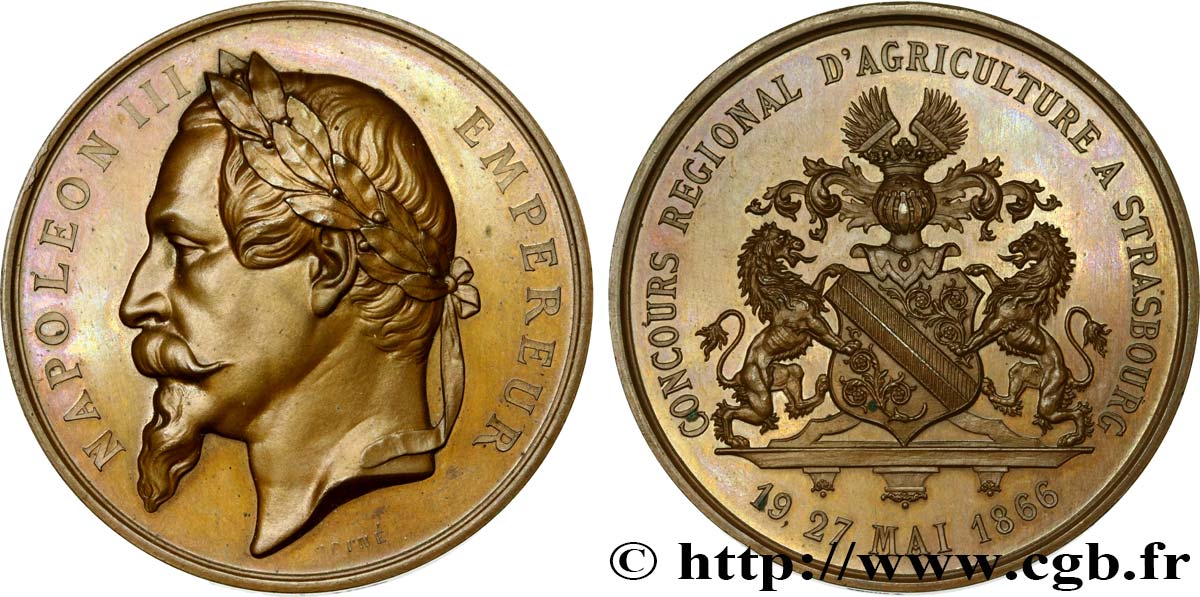
 Report a mistake
Report a mistake Print the page
Print the page Share my selection
Share my selection Ask a question
Ask a question Consign / sell
Consign / sell
 Full data
Full data